What more can we do to reduce playground-related injuries? This should be the most important playground safety question that we are asking today. And to answer this question a battle must be waged on two different battlefields.
First, we must conquer the “all knowing” heads of parks and recreation. In every town, village, and city it seems that the people most opposed to playground safety are recreation professionals. It is common to hear the superintendent of parks say, “No thank you, I am already NPSI certified, so we have no need for a playground safety inspection.”
But does the department keep inspection reports, photographs and maintenance records? Does anyone in the department get out of his car and inspect the playground on a regular schedule? Have the park managers consulted with their legal department about which strategies are their best defense against playground injury litigation? The common answer is No!
How can we help educate municipal recreation department leaders about their legal and moral obligation?
The key is education. There was a time, not so long ago, when people felt that protective ground cover in the use zone was a waste of resources. Nevertheless, we persevered and today there are only a handful of playgrounds without protective ground cover. What caused this change in attitude? Hopefully, it was education about the costs and benefits of providing safe resilient surfacing under and around playground equipment. Realistically, what caused playground managers to adopt these safer surfacing materials was most likely peer pressure! It became common to see attractive landscaping, using sand, wood chips, or rubber tiles under playground equipment, and no park department wants to be outdone by a neighboring park department.
Unfortunately, playground safety audits and inspections are invisible. Stop! Here lies the answer to this dilemma. We must campaign to make playground safety issues public, visible and important so that park departments are forced to deal with playground safety.
To start, we should create a “Playground Certificate of Safety.” Like an elevator inspection certificate, the Playground Certificate of Safety is issued following the initial audit and is valid for one year. Follow-up annual inspections must be completed to maintain a valid Playground Certificate of Safety. The Playground Certificate of Safety should be posted in the playground so that it is visible to the public and the certificate should identify the name of the playground and the name of the person or company who completed the Playground Certificate of Safety.
Our collective goal should be to provide a Playground Certificate of Safety to all public playgrounds. Making playground safety visible by posting signs and providing a Playground Certificate of Safety will create peer pressure for playground owners.
To maintain integrity and reduce liability, a third party should always inspect playgrounds. This means organizations will have to hire an independent Certified Playground Safety Inspector to conduct the playground audit/inspection and issue the Playground Certificate of Safety.
Hiring a Certified Playground Safety Inspector for an annual inspection helps reduce liability. When a third party takes on the responsibility of inspecting a playground for hazards they are also accepting some of the liability that their assessment is correct and complete. The third-party inspector also looks at the playground (and the park environment) with a fresh perspective. Because maintenance staff visits the playground frequently it is difficult for them to recognize hazards that develop slowly and over time. Maintaining proper playgrounds is critical for our safety records and for our public image.
It is the accepted Standard of Care to maintain playground equipment in accordance with the ASTM standards and the CPSC guidelines for public playgrounds. If you manage playgrounds, regardless of state laws, it is your legal and moral obligation to ensure that playground facilities do not pose hazards.
When the Playground Certificate of Safety becomes part of the “playground safety standard” we can expect a snowball effect. For example, insurance companies will only insure playgrounds that maintain a valid Playground Certificate of Safety. The Department of Health will only issue certificates of occupancy after the playground owners have a Playground Certificate of Safety. Daycare centers will be required to have a Playground Certificate of Safety, and to receive accreditation from the American Camping Association, summer camps will need a Playground Certificate of Safety. We will have been successful in creating safer playgrounds when parents ask, “Why don’t our playgrounds have a Certificate of Safety?”
This is the sweeping change that we must implement if we want playground safety audits and inspections to become the safety standard across the country. About 7,000 people are Certified Playground Safety Inspectors. Now let us issue 7,000 Playground Certificates of Safety.
As we implement this change, we cannot ignore the second battlefield! There is a lack of funding and research dedicated to reducing children’s playground-related injuries. We have learned about the safety standards and guidelines, the importance of age-designated playground equipment, and the role of anthropomorphic data in building safe playground equipment. However, the challenge is to uncover other factors that help account for playground-related injuries. For example, what is the relationship between risk-taking behavior and playground-related injuries? Can playgrounds be built so that children have the perception of risk, without exposure to harm? What role does parental supervision have in preventing (or facilitating) playground-related injuries?
There are many unanswered questions. To gain knowledge and insight into these issues we must depend on university professors to write research papers, conduct studies and apply for funding.
Never (in recreation) has the collaboration between the public sector and the academic sector been so vital. It is the challenge of our national and state societies to hold meaningful conferences and provide opportunities for dialog between recreation professionals and academics. Academics cannot conduct meaningful research without input from people who have first-hand knowledge about the problems that must be resolved. This effort will also produce a snowball effect. Research spawns more research which will lead to better understanding about playground-related safety.
As more professors become involved in playground-related research, their students will benefit. Soon graduating university students will have basic knowledge about risk management, playground safety, and maybe even research project ideas.
Proposed is a two-pronged approach to reducing children’s playground-related injuries. First, we should create a Playground Certificate of Safety to ensure that playground equipment meets the minimum standard of care. The Playground Certificate of Safety should be valid for one year following the playground audit, and renewable every 12 months through a playground inspection. The certification should be issued by a Certified Playground Safety Inspector, who is employed by an independent company. Playground owners/operators should never certify their own playground equipment.
Second, we must learn more about the unique playground environment through academic research and collaboration between universities and the community. Together we can be proactive in reducing children’s playground-related injuries. It is our responsibility, as recreation professionals, educators and caregivers to keep children safe.
Steven Henle, Ph.D., CPSI, is an assistant professor in the Applied Human Sciences Department at Concordia University in Montreal, Quebec.

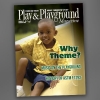
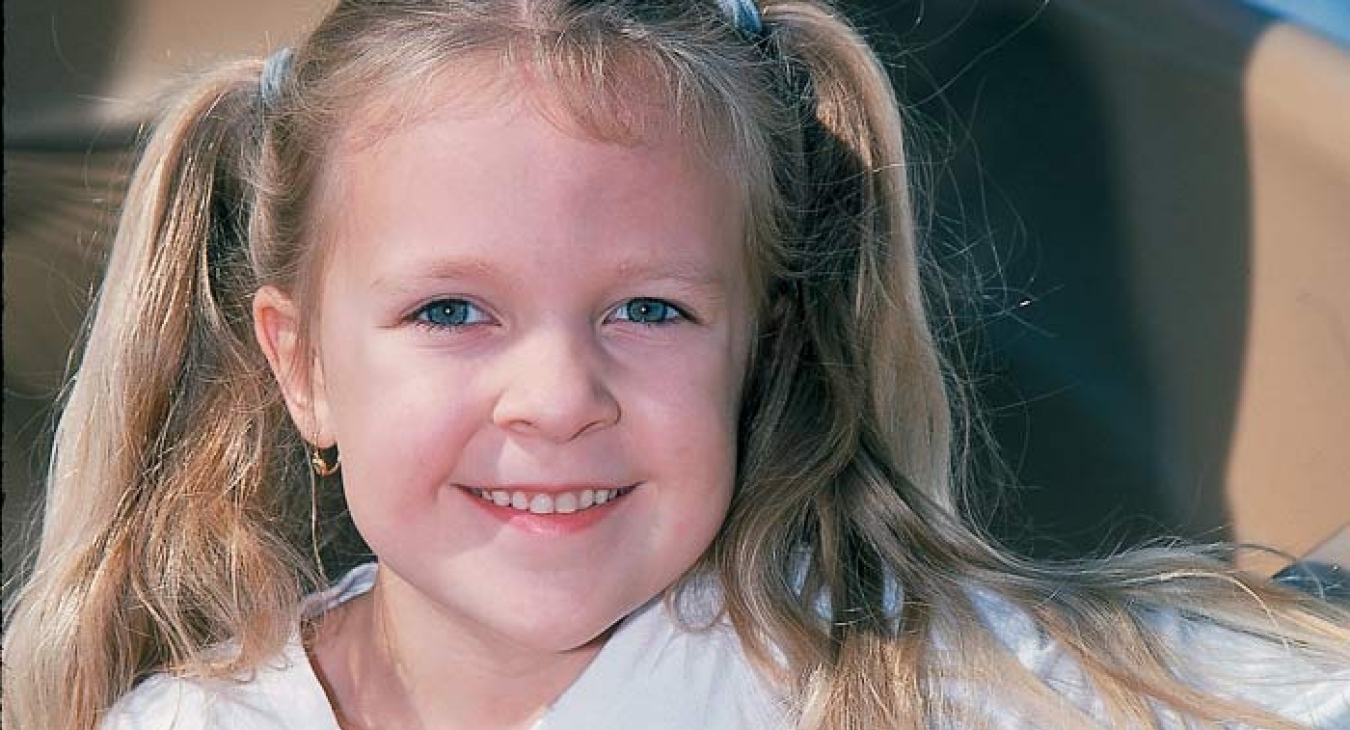
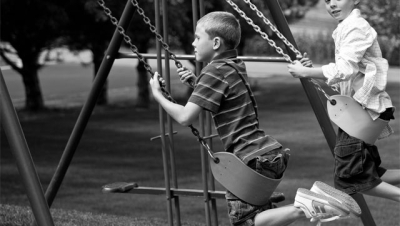
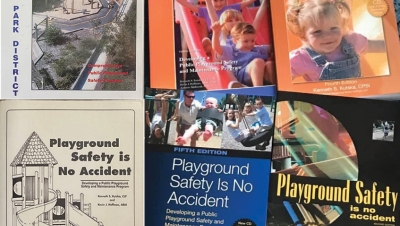

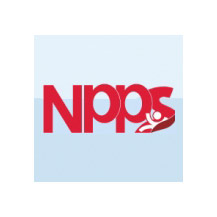
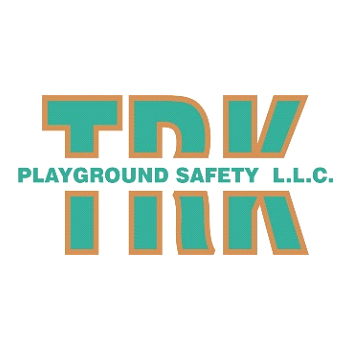
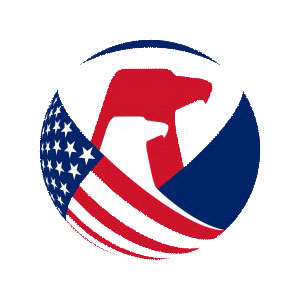
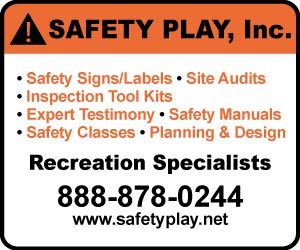
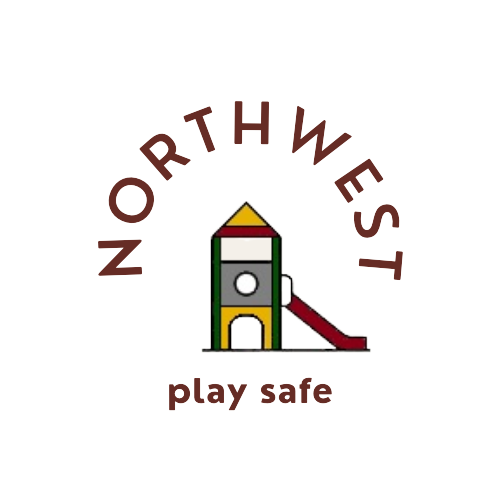
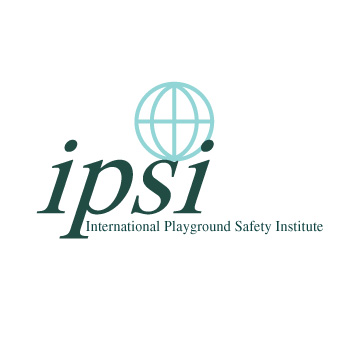
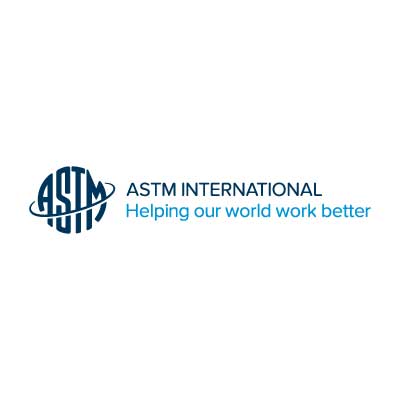
Add new comment